How To Keep Hawks Away From Your Yard (7 Simple Tips)
-

- Last updated:

While usually nothing more than a rare and intriguing sight in the sky, hawks become an unexpected nuisance when trying your hand at homesteading. Protecting vulnerable animals from the unknown predators lurking beyond your yard can be an ongoing challenge. Adding hawk attacks to the list of potential dangers only complicates matters further.
Keeping your property hawk-free doesn’t have to be time-consuming or disruptive to your backyard setup. Check out these seven efficient tips to keep hawks away from your yard.

The 7 Tips to Keep Hawks Away From Your Yard
1. Use a Decoy Owl
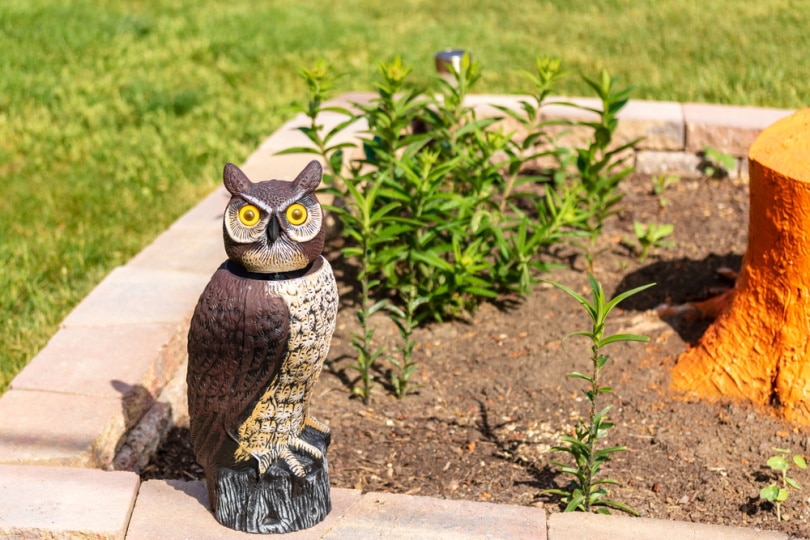
Hawks are impressive predators, but they have plenty of natural enemies, many of which may be common to your backyard. Snakes, raccoons, foxes, and other sneaky creatures will invade nests to prey on hatchlings and eggs. For adult hawks, one of the most significant threats is a larger bird.
Eagles and owls, particularly the great horned owl, are some of their more fearsome predators, and hawks know well enough to stay away when they catch wind of a nearby hazard. You can use this innate wariness to your advantage by setting up a fake owl decoy.
Costing roughly $20–$40 at your local hardware store, decoy owls are quick and easy solutions to an emergent hawk problem. Fake owls can scare away hawks and numerous household and garden pests, including squirrels and mice.
Since rodents are popular hawk fodder, keeping them away can also dissuade hawks from hanging around. That can make owl decoys all the more practical. Unfortunately, most of these animals get wise to the phony owl over time, so you’ll generally need to move it once or twice weekly. Don’t display it in the open, but keep it in a position where the hawk can spot it from most vantage points in the yard.
- Inexpensive
- Easy to set up
- Effective against birds and rodents
- Often only helpful for a limited time
- Requires frequent repositioning
2. Protect Your Bird Feeders
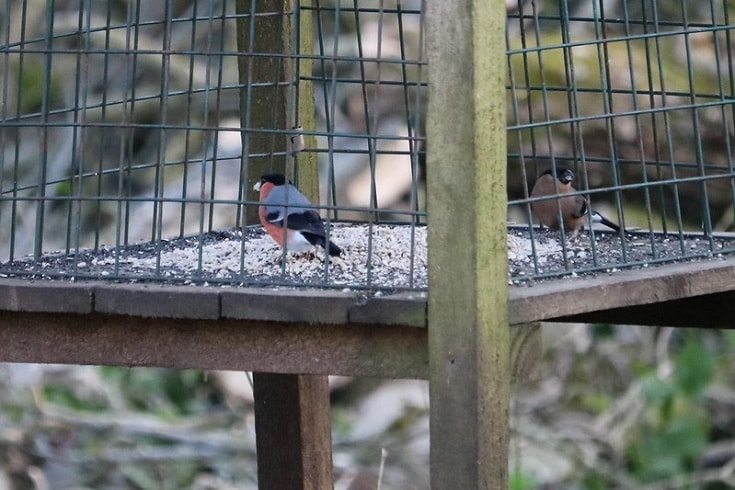
Bird feeders bring an active supply of life and beauty to the backyard, but they can also attract predators. Hawks will feast on small birds arriving at a feeder and become permanent fixtures if they realize they have a consistent food supply.
Nobody wants to sacrifice the pleasant presence of colorful wildlife in the yard, and luckily, you can keep your bird feeders with a few extra preventative measures.
Protecting feeders is relatively easy when you consider a hawk’s attack habits. As hawks swoop in on prey, you can shield more favorable birds by covering your feeders, blocking the view and a direct path from above.
Bird Feeder Protection
Bird feeders with roofs work well, as do caged varieties that let in undersized birds but not hawks. But if you have a standard feeder, you can still cover it up without much effort. A tarp or a large umbrella are perfect solutions.
Discouraging ground feeding is equally critical, as this exposes birds to attacks more than an elevated feeder. Use tray feeders if you have ground-feeding birds in the yard.
If hawks continue to be an issue, you may have to shut down your feeders for a few weeks. Once the hawks run out of a reliable food supply, they’ll move on.
- Caged feeders are inexpensive upgrades
- Easy to install effective covers
- Low-maintenance
- May be impractical due to the size
- Could be unsightly in the yard
3. Hang Noisy and Reflective Deterrents

Loud, unexpected, and unnatural noises can deter hawks to a certain degree, as can moving reflective lights. Here are a few items you can hang around your yard to spruce it up with flashes and sounds:
- Old CDs
- Reflective “scare” tape
- Windchimes
- Aluminum foil
- Suncatchers
You can also set up a radio or ultrasonic repeller to maintain an erratic noise deterrent, though ultrasonic products often have limited effectiveness. Shiny materials are usually your best bet. Unfortunately, the lights and sounds can also deter desirable wildlife, but it may be a small price to pay to keep hawks from terrorizing the yard.
- Inexpensive
- Easy to set up
- Low maintenance
- May repel desirable birds
- May affect neighbors
- Can be irritating if light reflects indoors
4. Attract Crows
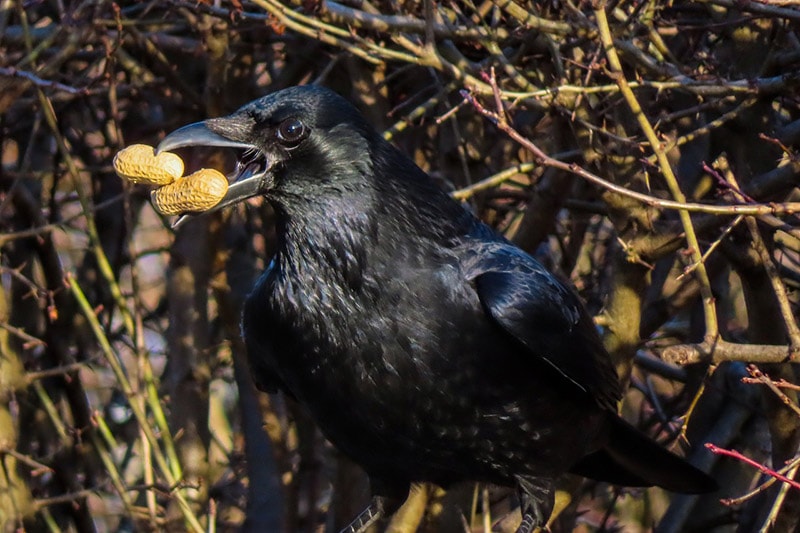
Like eagles and owls, crows will not hesitate to engage with hawks. A crow may be undersized and ill-matched in a one-on-one fight, but mobs can handily dispatch a hawk to protect fledglings, making a crowd of them in your backyard a beneficial deterrent. Though they can be loud and mildly irritating to have around, crows pose little threat to pets, people, and backyard animals like chickens and rabbits.
You can attract crows by setting up birdbaths and spreading food, such as peanuts in the shell, dog kibble, suet, corn, and meat scraps. Remove reflective or noisy deterrents, as they may scare off the crows.
Hand callers and crow decoys can also draw the first wave of crows to the yard. Once there, make your property hospitable with plenty of food, water, and places to roost.
- Highly effective
- Requires setup and maintenance
- May make the outdoor atmosphere unappealing
5. Get a Guard Dog
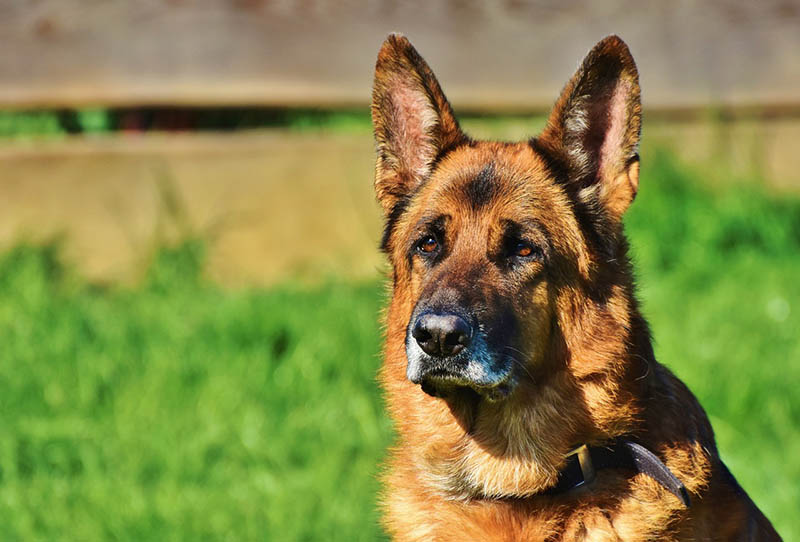
Dogs are dependable and easy to employ as effective hawk deterrents in the yard to protect livestock. With an innate instinct to chase down any backyard wildlife, it doesn’t take much time or effort for them to start making a difference in keeping various vermin away. The barking alone is enough to scare nearby hawks. Eventually, they’ll realize the dog is there to stay, and it’s time to find another home.
Dogs offer exceptional security against all kinds of threats, from hawks in the yard to burglars trying to break into the house. But dogs are also an ongoing expense, and the attention and care they require can upend your life. Although a dog may offer crucial help, it’s not a practical first step in dealing with a backyard hawk problem, especially if that’s the only reason you’re considering getting one.
- Provides excellent security against various threats
- Can be expensive and disruptive to keep a dog
- May affect neighbors
6. Add a Rooster to the Coop
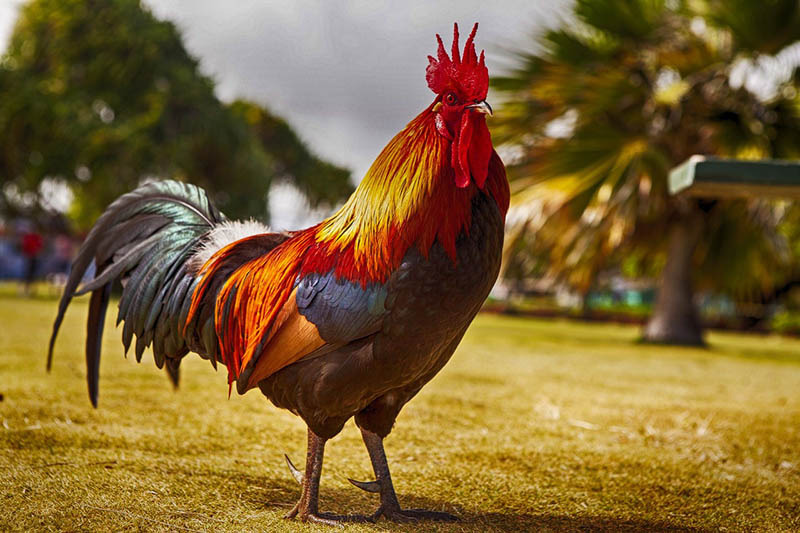
If you’re raising chickens, hawks can be persistent threats. While hens won’t stand a chance against a hawk, roosters are stout, strong, and well-equipped with powerful, sharp talons and beaks to put up a decent fight. At the least, their loud cries can alert you to unwanted activity around the coop.
There are a few considerations to cover before you pick up a rooster for your yard. Municipal laws may have strict restrictions against roosters even if they allow chickens, so it’s crucial to follow up with the town office if you’re unsure.
Be mindful that roosters can be generally combative. That’s handy for a hawk problem, but everyday life around the coop can be more problematic for you in the early stages. Roosters are quick to defend the flock against unfamiliar threats. Until you spend time with your rooster and build a rapport, it may be combative when you get near.
- Provides ongoing protection for chickens
- Local laws may prohibit certain animals
- Requires extra care and investment
- May be aggressive with people
7. Cover the Coop
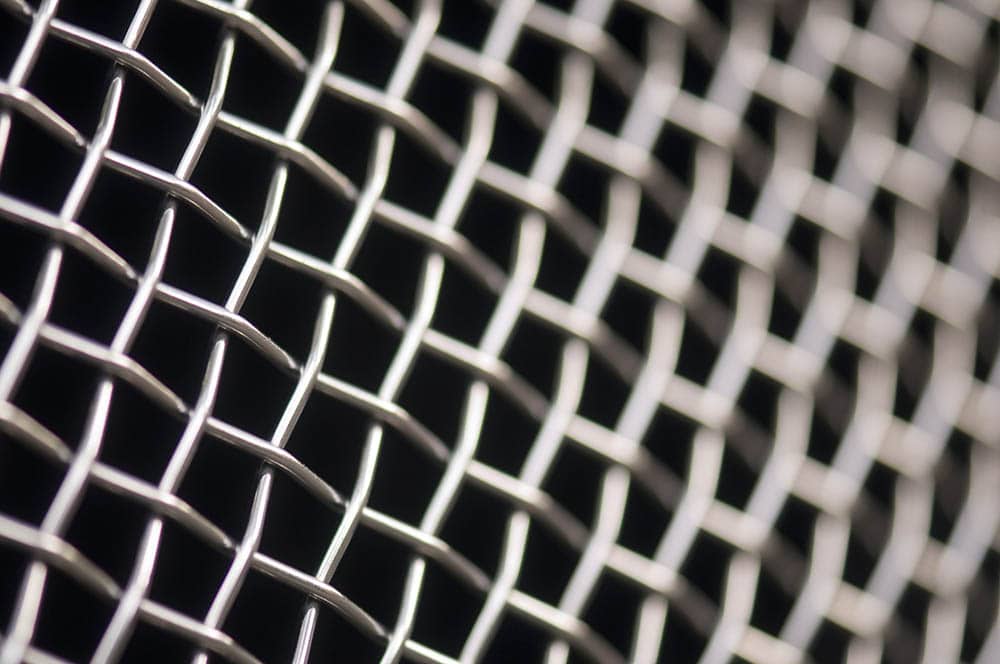
Hawks can’t get to chickens in an enclosed run, and you’ll find that, after the initial setup, it can be the most reliable, low-maintenance, and all-around cost-effective way to keep hawks away from your yard.
A wire mesh cover for your pen will block out hawks and prevent them from keeping an eye on your hens throughout the day. Meanwhile, a covered tractor or lightweight pen offers mobile protection if you want to take your chickens out.
- Highly effective
- Protects against numerous threats
- Low maintenance
- Potentially high initial investment

Why Do Hawks Come to My Yard?
Hawks will stick around your yard if it provides the essentials to live, primarily shelter and food. High, sturdy perches and sheltered roosting sites are preferable for hawks. Any large trees or elevated structures serve as appropriate vantage points to spot prey on the ground.
As carnivores, hawks get virtually all their nutrition and water from their prey. Still, bird baths are enjoyable resting spots during the hot summer months. And as they attract smaller songbirds and rodents, these fixtures are more likely to bring hawks to your yard. Unless you have small animals like chickens that keep opportunistic hawks around, you can often make them leave simply by blocking out other wildlife.

Conclusion
Hawks are a surprising pest when you have small animals to watch in the yard, leaving you with a confusing and urgent chore to manage. Safety is essential, as is a careful approach for the hawk’s sake.
The hawks don’t need much dissuasion if they even become a severe threat in the first place. Aggressive actions are seldom necessary to define clear boundaries. Take a few minutes to try these simple, bird-friendly measures, and you can make quick work of keeping hawks away from your yard.
Featured Image Credit: Mike Truchon, Shutterstock
Contents
